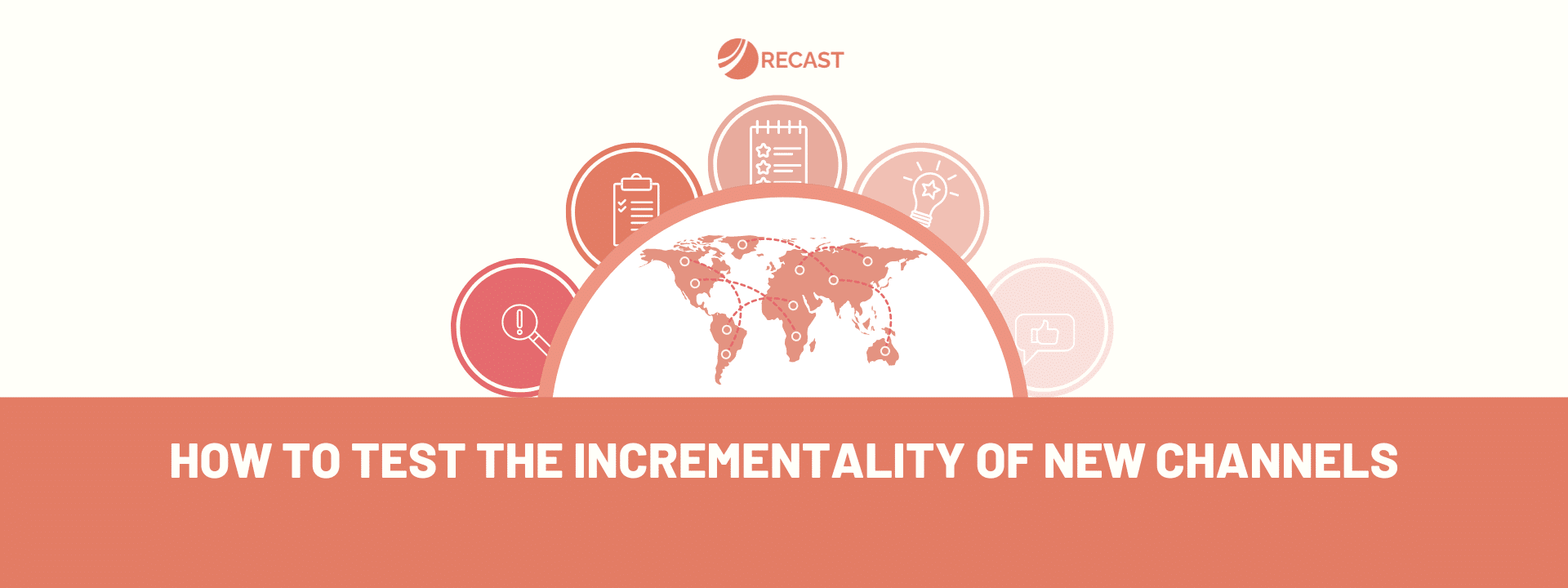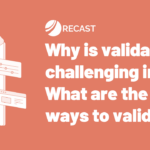Brand new channels can be very difficult to measure out of the gate, so it’s important to be thoughtful about your goals and your measurement strategy. Many brands want to slowly scale up a channel as they learn how it works. This is a practical approach, but it makes measuring true incrementality a challenging process. In this article, we delve into the ways to measure the impact of new channels effectively.
The Challenges You’ll Face:
If you’re a marketer, you’re probably familiar with marketing mix modeling (MMM), a statistical technique that allocates resources across different channels based on past performance. However, when launching a new channel, you might not have any historical data to rely on, making MMM less effective for these channels. This is because new channels tend to be statistically insignificant and treated as such by your attribution model, leading to sub-optimal resource allocation and over-saturation of existing channels.
There are other challenges that modern consumer brands will face when measuring new channels with MMM: for example, since they often allocate a minimal portion of their mix to new channels, which, coupled with the delay for spend to realize its full effect (adstocking), makes it hard to get reliable signals.
Recommendations for Testing Incrementality
In this situation, we recommend a few different tactics:
- Run an experiment with the channel (if possible).
This could be a randomized control trial or a geo-holdout to test incrementality. While randomized control trials are quite complex and expensive to run, geo-holdout tests work across a wide variety of channels and are simpler to run – even though they are not perfect.
- Use Recast to plan a dynamic spend test.
Here, we recommend dramatically scaling the channel spend up or down for a short amount of time to see how conversions respond. Recast can be of help by making recommendations to our customers on how much they need to spend and over what time for the model to get a read on the incrementality of those additional dollars without necessarily needing to run a full-scale RCT or geo-holdout test.
The problem is that it’s very difficult to get an incrementality read on a channel if you’re spending very little amounts of money – no model will be able to tell you with a high degree of certainty if that channel is truly working or not. There’s just not enough signal.
If you can, do a month or two with high levels of spend and then come back down to close to zero. That will give the model a really strong signal in terms of how much revenue that channel is actually generating. If you can’t get the budget for that right away, you can do the first month at very low levels of spend –to figure out if we drive traffic at all, what creative works for you, even just to learn how to use the platform– and then, in month two,do a bigger push and use Recast to get a read on that.
We think about Recast as a tool for combining different types of evidence (both experimental and observational) and it’s really useful to have a clear and consistent framework for thinking about how to generate signal on incrementality even when an RCT isn’t possible.
A Broader Perspective On Testing New Channels
Let’s zoom out: how you approach finding incrementality in a new channel comes down to your marketing team’s mindset of experimentation and testing.
Brands that do not want to place bets and get too worked up about making sure that *no* dollar is wasted actually find that *most* of the dollars will be wasted because they’re not able to get a good read on what’s truly working and what’s not. Learning how to get good at marketing requires taking risks and making bets knowing that, by definition, some won’t pay off – but the information you gather will save you more money on the backend.
What’s great about the Recast platform is that we can help marketers be structured in their thinking about where we can and where we can’t get a read – and how can we phase in the test in a way that the business is going to be comfortable with, but that also gives us the learnings that we need about how truly incremental investment into that channel is.



